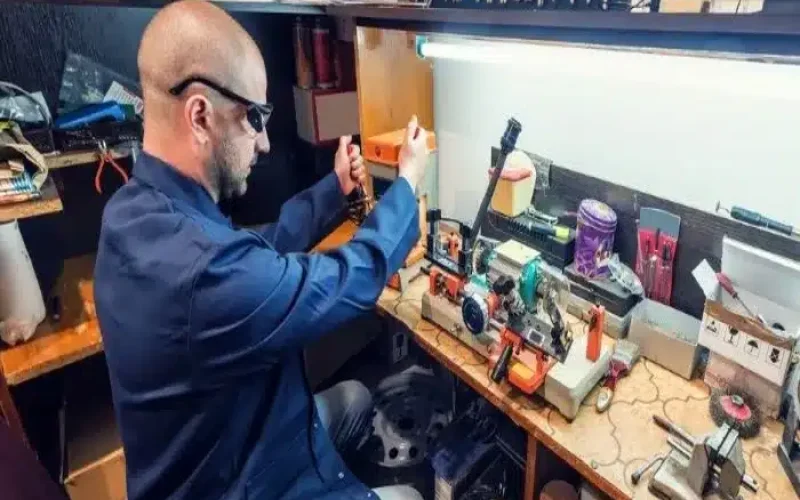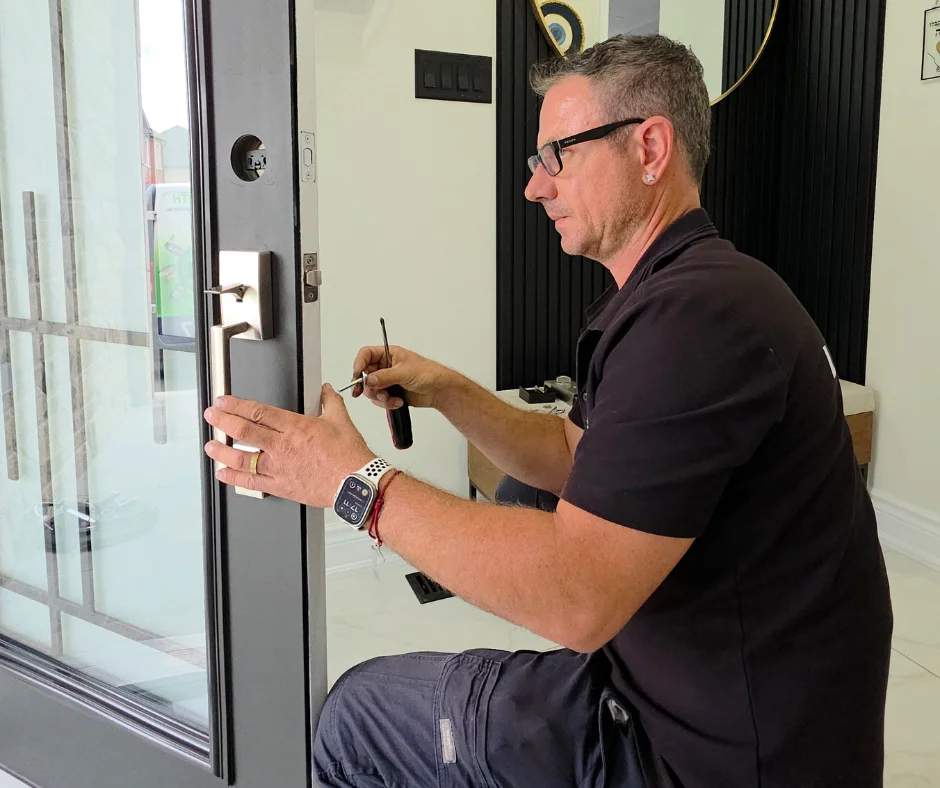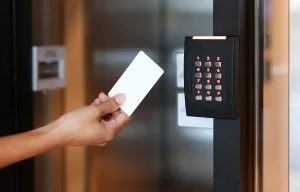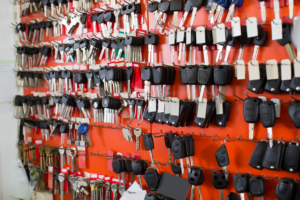
- Why Car Locks Wear Down Over Time
- What Servicing Actually Involves
- Why Waiting Is the Costly Option
- Electronic Lock Systems Need Servicing Too
- Warning Signs You Shouldn’t Ignore
- Don’t Forget the Trunk and Rear Hatch
- Who Should You Call?
- How Often Should You Service Locks?
- What If You’ve Already Had Issues?
- You Don’t Need to Be a Mechanic
Why Car Locks Wear Down Over Time
Car locks are mechanical, electronic, and exposed. They’re used daily – sometimes dozens of times – and they face everything from dust to road salt to extreme heat or freezing cold. That takes a toll.
Older locks, especially in vehicles with high mileage, often collect grit inside the cylinder. Over time, that buildup causes keys to grind, jam, or get stuck entirely. I’ve seen drivers snap a key right in the ignition because the lock was dry and corroded. That’s when you end up needing broken key extraction or, worse, full ignition work.
And let’s not forget about remote locks. Fobs fail too. Water damage, signal issues, weak batteries – they’re not invincible. A car key replacement might fix it, but often the root cause is a worn-down actuator or faulty sensor in the door.
What Servicing Actually Involves
It’s not complicated. A locksmith will usually check several key areas:
- Door locks – both manual and electric
- Ignition cylinder – smooth insertion and turn
- Remote lock receiver and signal strength
- Weather seals around locks and doors
Sometimes all you need is a simple cleaning and lubrication. Other times, it’s a small adjustment or part replacement. And if you’re proactive, it’s a short appointment. You don’t need to wait for a full failure to call in help. Just a bit of resistance, or a lock that doesn’t “feel right,” is enough reason to schedule service with a locksmith.
Why Waiting Is the Costly Option
We had a client whose key worked fine… until it didn’t. One day, it just snapped off in the ignition while she was late for a meeting. The lock had been catching for weeks, but she assumed it was “just the cold.” A thirty-dollar service call would’ve caught it. Instead, it became a $600 ignition replacement job, not to mention a missed business meeting and tow fees.
If you drive regularly, especially in varying conditions, you owe it to yourself to make lock care a part of your regular routine. Just like you wouldn’t ignore squeaky brakes, don’t ignore sticky keys.
Electronic Lock Systems Need Servicing Too
Cars with push-button start and smart entry systems still have internal lock mechanics. And they still fail. If your car beeps twice, or doesn’t unlock reliably, it could be a signal problem. Or it could be corrosion inside the actuator motor. Either way, that’s something your locksmith can spot early.
I once saw a vehicle with flawless paint and brand-new tires… and a driver stuck in a parking lot because their keyless system crashed. That person ended up needing a car ignition repair service even though the car was under five years old.
Warning Signs You Shouldn’t Ignore
Not sure if your car’s locks need attention? Here are a few signs to take seriously:
- Your key grinds or sticks when turning
- Remote doesn’t work from normal distances
- Driver door unlocks, but passenger stays locked
- You hear a strange clicking or buzzing after pressing unlock
- You need to jiggle your key to get it to work
Any of these mean it’s time to check in. Delaying doesn’t help. The longer you wait, the more likely you’ll need a full lock replacement instead of a simple repair.
Don’t Forget the Trunk and Rear Hatch
Most people ignore these until vacation season. Then they pack up for a trip… and can’t get their trunk to open. Rear locks are used less often, which ironically makes them more vulnerable to sticking or failing. Lubrication dries out. Sensors don’t get exercised. I’ve had clients who needed emergency lockout service just because their trunk wouldn’t budge – and their luggage was already loaded.
Who Should You Call?
Always work with a professional locksmith – not just someone with a van and a Facebook page. There’s a difference. Licensing ensures they’re trained, insured, and up to date on security standards. Modern vehicles are too advanced to leave in the wrong hands.
Look for reviews, ask about certifications, and confirm they’re experienced with your car model. Some high-end vehicles, especially European brands, need specialized tools or software. You don’t want someone “figuring it out” on your BMW while you’re watching from the sidewalk.
How Often Should You Service Locks?
There’s no official rule. But in general:
- Every 12–18 months for daily drivers
- Before and after winter (especially in snowy areas)
- After any attempted theft or known damage
If your vehicle gets washed frequently, ask about sealing protection around the locks. Water intrusion is a common culprit for long-term damage, especially in power locking systems.
What If You’ve Already Had Issues?
If you’ve been locked out, broken a key, or needed a replacement in the past year… that’s your cue. You’re already halfway to needing full servicing. Don’t wait for a second round of problems. Ask about lost car keys, fob programming, or inspection options to keep your system in working shape.
And if you’ve had a lock replaced recently, great – but double-check that the ignition, doors, and trunk are all synced. Sometimes only one part gets updated, and mismatches cause new issues.
You Don’t Need to Be a Mechanic
This isn’t about becoming a car expert. It’s about prevention. It’s about not standing in the rain outside your locked car while life keeps moving without you. Regular servicing is quick, affordable, and gives you peace of mind every time you turn the key – or push the button, if that’s more your style.
It’s easy to overlook. But if you’ve read this far, maybe that’s your reminder. Take 10 minutes today to call a pro, check your spare, or just test your locks a little more closely. Your future self – cold, late, maybe a little panicked – will thank you.
Fast help, clear pricing, no surprises
Upfront pricing. Branded vehicles. Licensed technicians.
Call for availability and a quick quote.







